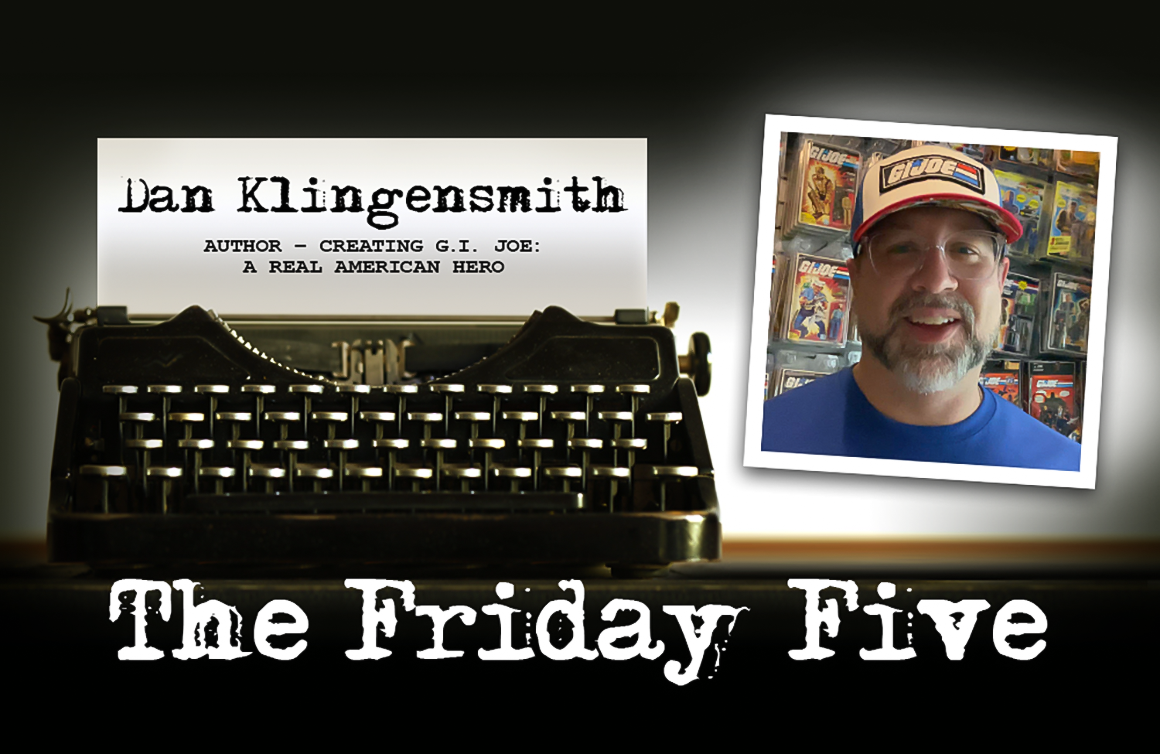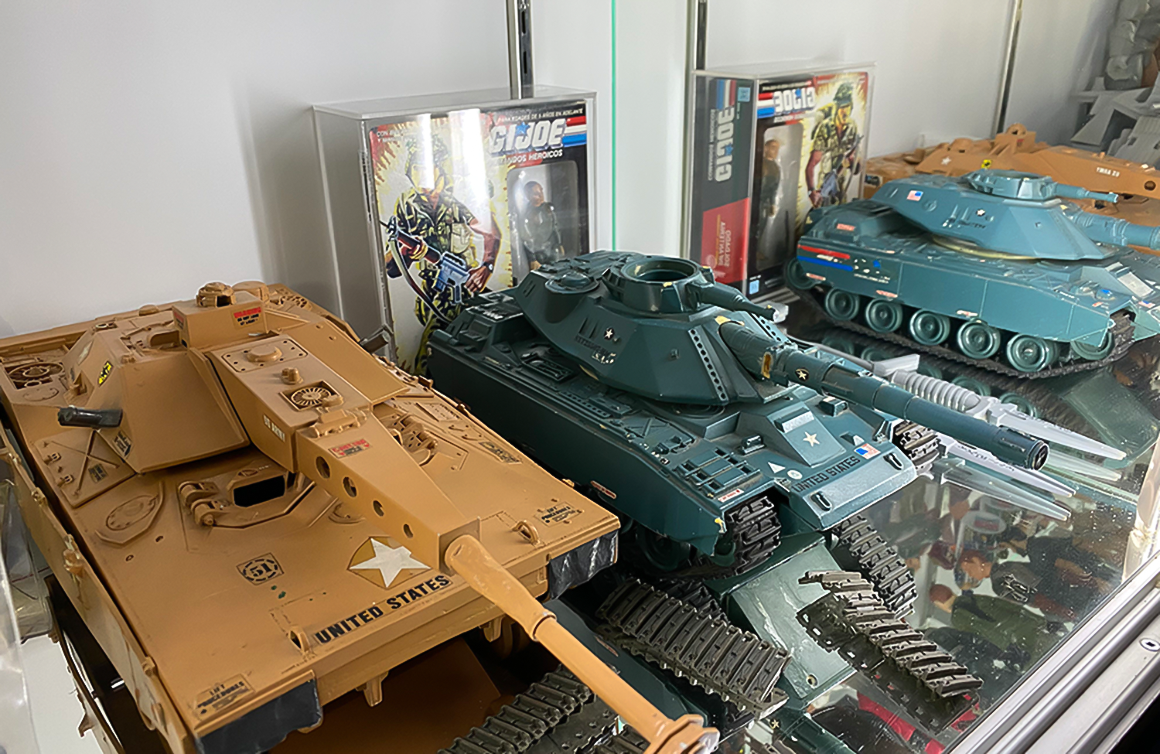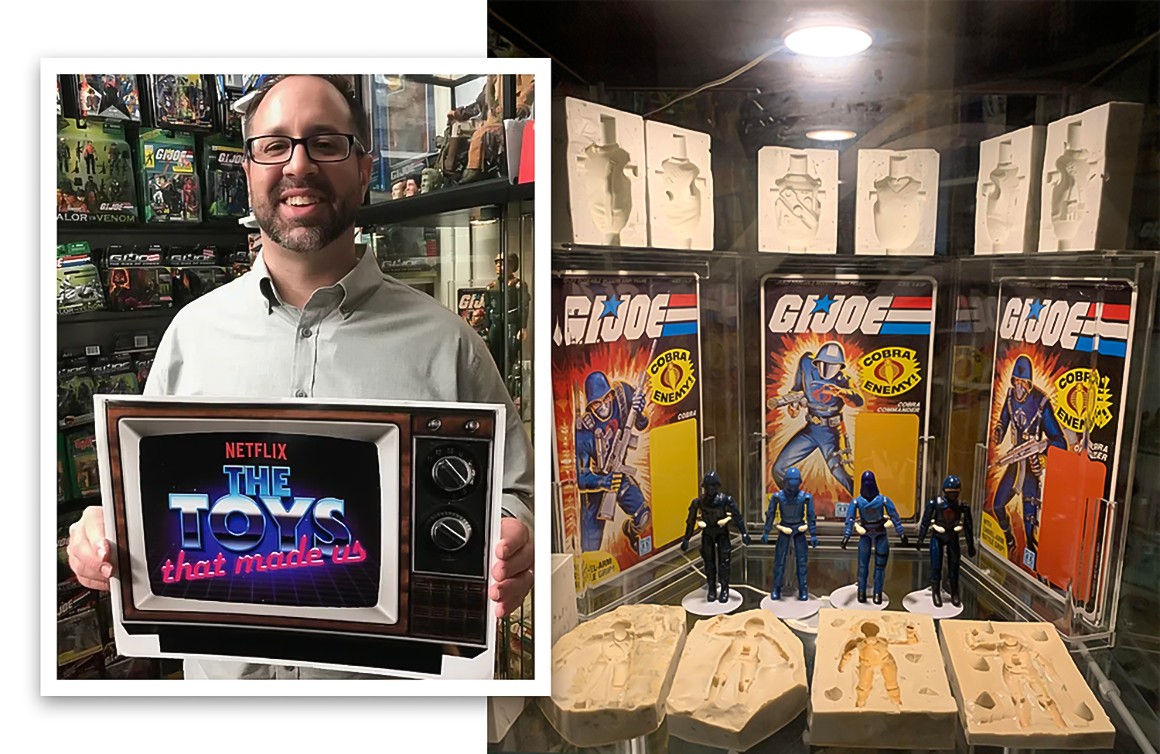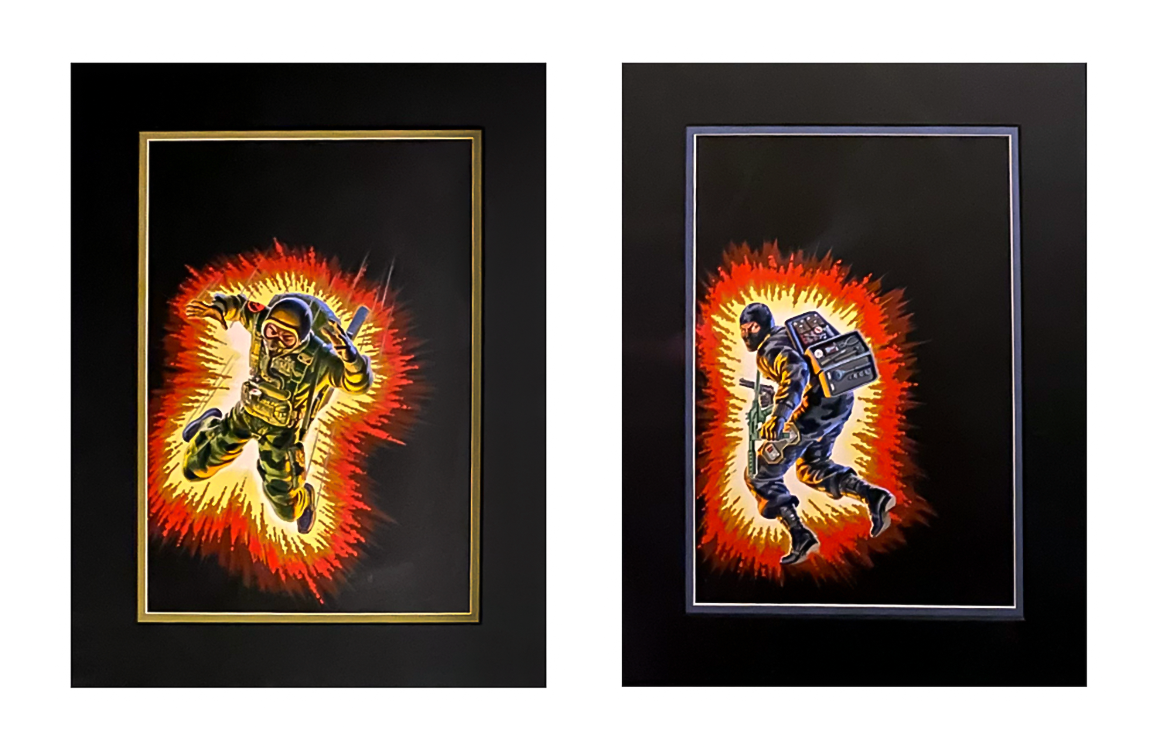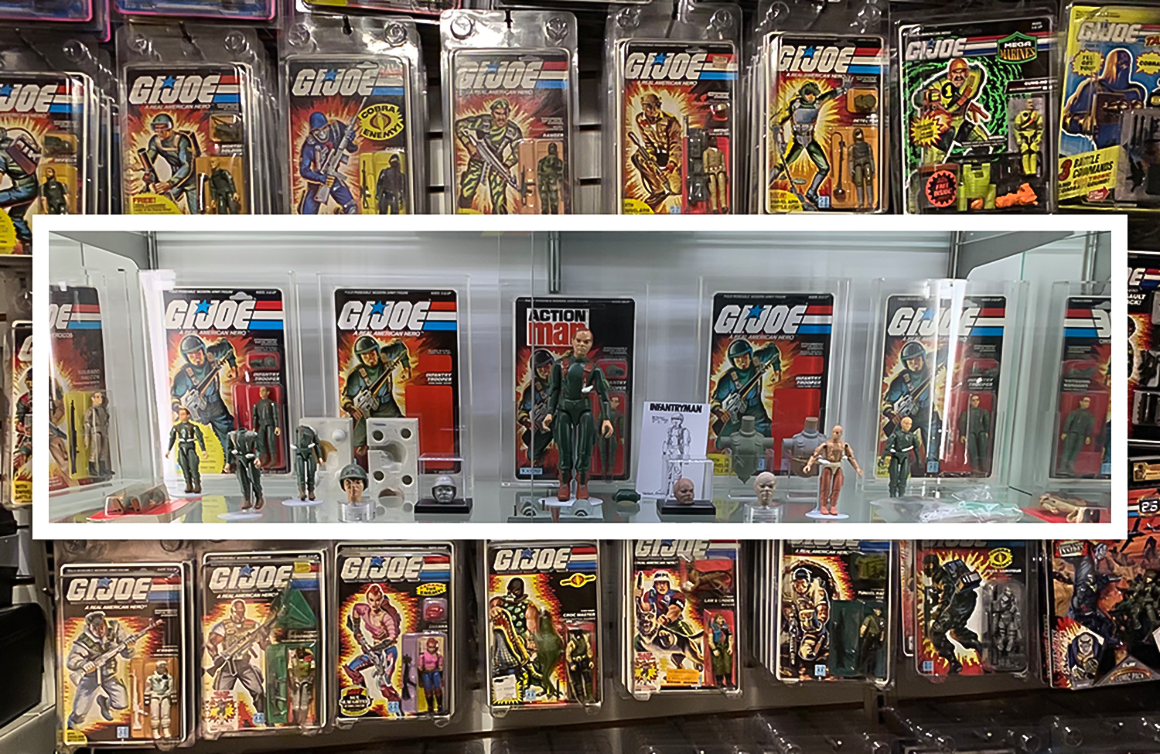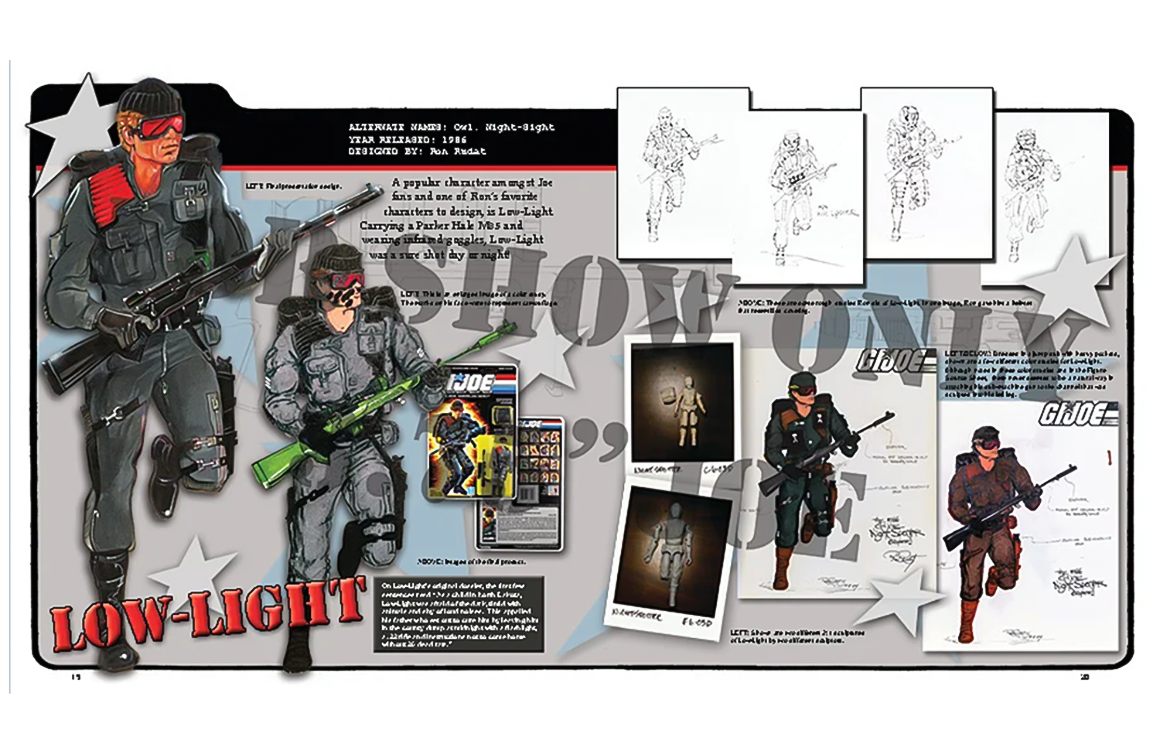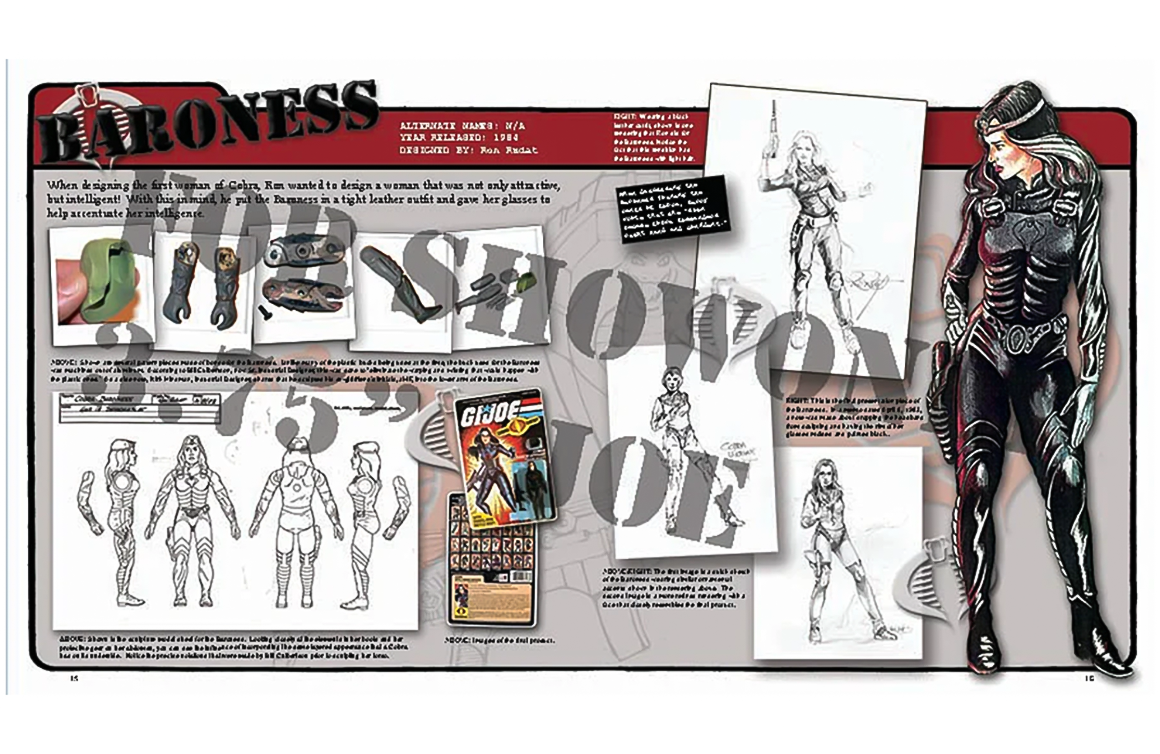Tell us about your collection.
I primarily collect G.I. Joe.
When people get asked about when they started collecting, a lot of them say that they started as kids. I don’t consider myself a collector as a kid, so I’d say that it was in the early to mid-1990s that I really started collecting.
For Christmas, my Mom wanted to make sure that she continued giving me something fun and memorable for the child at heart. She was getting me things like the 12-inch G.I. Joe Hall of Fame series that started in 1992. When I graduated high school in 1995, I had a little bit of money from graduation gifts. A gentleman at my dad’s work brought in a magazine called Toy Shop, and I noticed some G.I. Joes in there that I didn’t have as a kid. I bought some of those and thought they were kind of cool. Then I caught the bug and started buying.
At that time I was buying loose figures. I also found a couple of deals buying brand-new stuff in their packages for a decent price. Eventually, people asked me if I was a carded, mint-in-package collector or a loose collector. I didn’t know you had to make a choice, but I guessed I was a carded collector. I switched gears and focused on collecting on-card figures. I was dabbling in vehicles and vehicle drivers that were packaged and sealed. A lot of what I did back then was buy out other collections, kept what I needed, and sold the rest. That funded the collection I have today. By 2002 I had one of everything from 1982 to 1994. For the G.I. Joe Real American Hero line, all of it’s either carded or boxed with sealed contents. As a collector, I don’t make a big deal about the box having been opened.
When Hasbro started re-releasing its Real American Hero 3-3/4-inch toys, I collected everything from 1997 through 2018, when the G.I. Joe Club stopped having their exclusives. At one point, I had one of everything from 1982 to 2018 — every carded figure, every vehicle. Since that time, for the sake of space and to fund other things, I have sold a lot of my post-2000 stuff. I just figured that they weren’t toys I played with as a kid so I didn’t have childhood memories of them. It was my completist mentality that was the driving force at that time.

Your enthusiasm for G.I. Joe has led you to activities beyond acquisition. How has collecting evolved for you?
In 2005, I purchased a couple of original concept designs of G.I. Joe figures that were never released. They were from a cancelled line from 1994 called Manimals.
I was always interested in learning more about the toy production process. I read in an interview with Ron Rudat — he did all the original concept designs for the G.I. Joe 1982 series — where he said something about certain departments getting a lot more credit than others. I worked a lot with teams and different departments in my own full-time job. His comment got me thinking that he had a story. I was sure others working with him would have stories as well and I started reaching out to different people. This was a time when Facebook and LinkedIn were new. I reached out to Ron through a website where he featured some of his paintings. I reached out to people I had read about in books. I talked to them about wanting to recognize them. That’s where the idea of the Creating G.I. Joe: A Real American Hero book series originated.
Some people were reluctant to talk with me because a few other people have tried to go down the same road and nothing ever came to fruition. There was a little bit of hesitancy there but I pushed towards creating the book series.

You recently concluded a successful Kickstarter campaign for Creating G.I. Joe: A Real American Hero Volumes 9 and 10. What appeals to you about crowdfunding your publications?
All 10 volumes of the series have been funded on Kickstarter.
There was a change after the sixth volume, when the series was picked up by Hasbro. It’s now an officially licensed book series. With the license, I can use the G.I. Joe logo, which is what I always wanted to do.’
The challenge with crowdfunding is that the platforms take a percentage of the money raised. I hate losing that money, of course. The benefit is that Kickstarter allows people to get the money for the project upfront. I can sell a lot of books and get them out to consumers. The main reason I think Kickstarter is successful is that it creates a sense of urgency for people to get it now. If I were to fund the project myself, the consumer could put off the purchase, and then I’d be stuck with inventory in my house for a very long time. Kickstarter also helps get the word out and lets people know that the project exists.

What are some of the challenges you encountered in documenting the G.I. Joe brand?
The brand has a very long history.
As I shared earlier, one of the initial challenges was building relationships with people who worked on the brand. Some people were on board right away. Some people were very encouraging and cooperative and really pushed me to keep going. Even some of the people who were reluctant in the beginning continued to encourage me to talk with people they had worked with. I won’t name names, but one gentleman repeatedly put me off. I told him finally that I would love to have him participate but that I was moving forward with the book series and he was either in or he was out. I respected his decision either way. He did jump on board.
Another challenge was getting buy-in from Hasbro and them seeing the potential in the book series. The vice president of global marketing at Hasbro invited me to be part of the HASCON experience in 2017. We hosted a dinner that included about 25 people who had worked on the G.I. Joe brand. Fans were invited to part of it to meet these individuals. The gentleman who had finally agreed to participate in the book series approached me after the event and thanked me. He said he would have regretted not doing it and thanked me for pushing him to move forward with it. That meant a lot to me.
When I started collecting at 18, never did I think I’d be collecting this long. It’s been over 20 years. Many of the people I’ve met along the way — other collectors and the people at Hasbro — have been great. I sometimes travel to Rhode Island for reunions with the team. When I did the first one back in 2016, some of them hadn’t seen each other for 30 years. Seeing those relationships rebuilt has been awesome.

For collectors who want to actively preserve the legacy of the brands or objects they love, what advice can you share about where to start that process?
Particularly with collecting in general, follow what you’re passionate about.
It’s a bit different for me because when dabbling in pre-production, archiving, and preserving, I do my best to focus on the things I want but also the ones that I want to feature and showcase to the public.
Have patience and understand that there will be hurdles along the way. Be smart about what you are doing and make sure it doesn’t take over your life and that it doesn’t impact your personal life in a negative way. My family is my number-one priority. It’s been that way since I started collecting 20-some years ago. As much as I love this stuff, if it came down to my family or collecting and whatnot, my family would take priority.
Follow what you love. That’s the simplest way to put it.

Learn more about the Creating G.I. Joe: A Real American Hero book series and view sample pages on the book series dedicated website.

